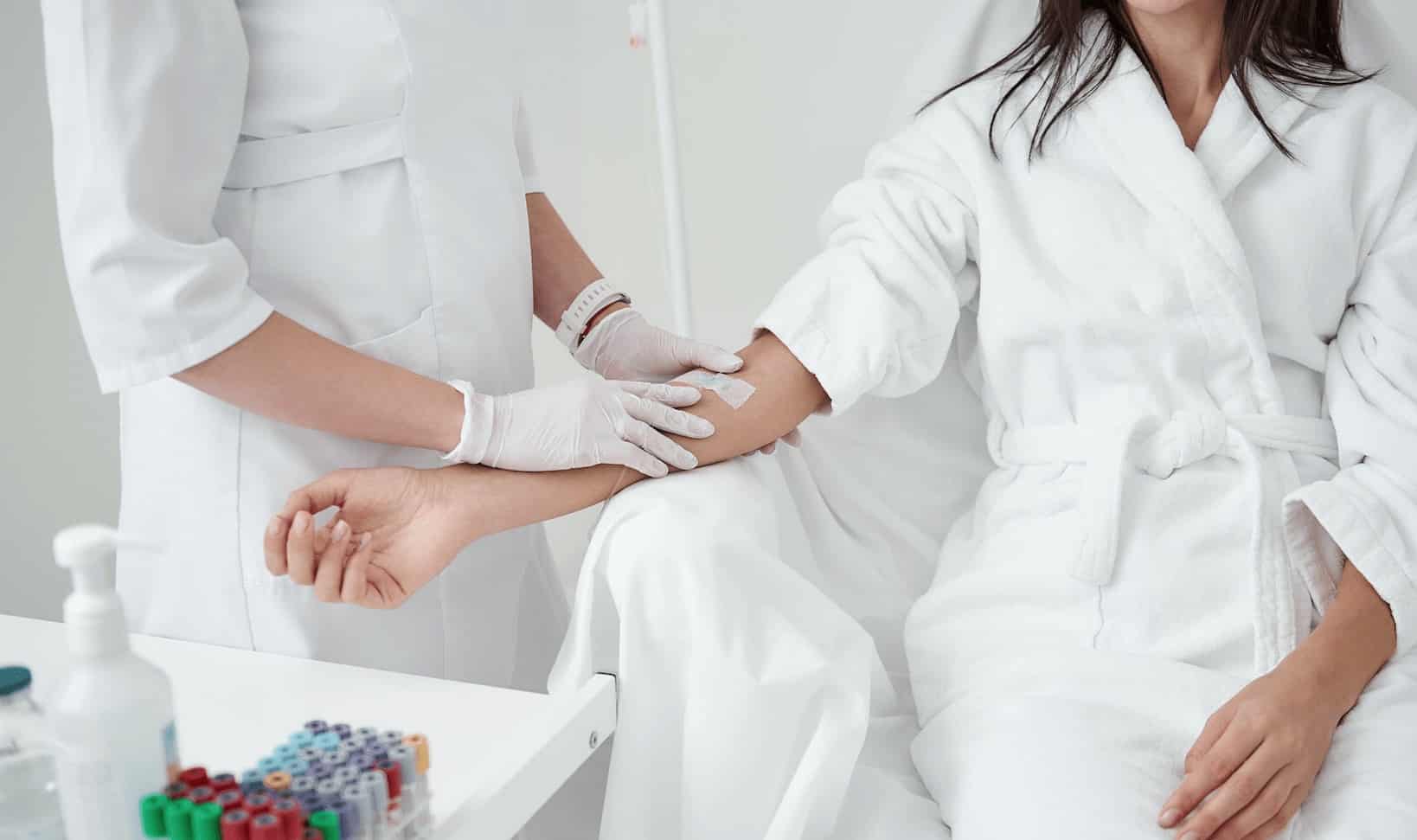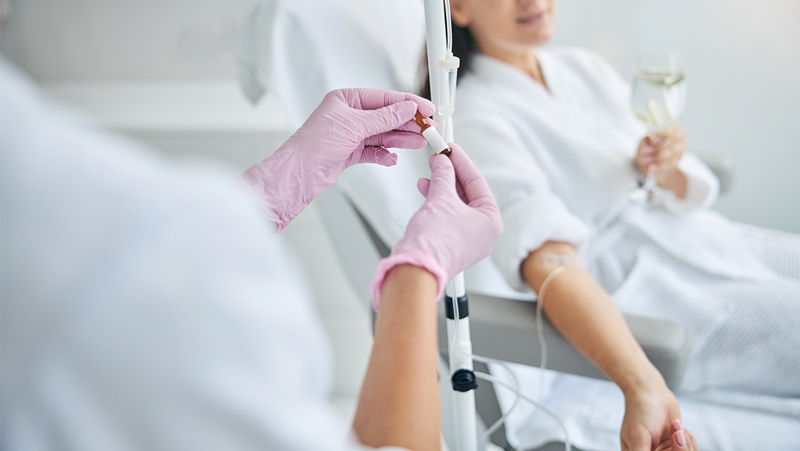Intravenous (IV) therapy is the process through which fluid or medication is directly given into a patient’s veins. The method is now a vital surgical operation involving the immediate provision of nourishment, blood, fluids and drugs to body organs in a short time. Parenteral therapies have different medical uses like where substances can’t be taken orally or when one requires instant cure.
The significance of having intravenous therapy
Dehydration, one of the most common objectives of IV fluids, may be treated by refilling fluid levels: vomiting, diarrhea, sweating, or other factors leading to losing more water than intake cause dehydration. The fastest way to reverse dangerously low fluid volumes is by administering electrolyte solutions directly into the bloodstream as an IV infusion. Maintaining proper concentrations of salts and minerals in body tissues and organs will also help balance electrolytes like IV fluids do.
Bypassing the digestive process through IV therapy ensures immediate nutrition when eating and drinking are not possible normally. Post-surgery patients, critically ill patients as well and malnourished patients receive concentrated nutritional products via their veins when they fail to absorb oral intakes quickly done about them. Total parenteral nutrition solutions deliver a customized mix of proteins, fats, vitamins, carbohydrates, minerals, and electrolytes directly into circulation for those in need. Infusing nutrition intravenously helps prevent malnutrition, which impedes recovery.
IV medications act faster and more effectively than oral drugs that pass through the inefficient digestive system. Medications like insulin to regulate blood sugar or antibiotics to treat infection are administered via IV to initiate immediate therapeutic benefit. In medical emergencies like allergic reactions, IV epinephrine quickly reverses life-threatening symptoms.

Intravenous administration of anesthesia induces rapid sedation more quickly as compared to general anesthesia using inhalational gases, which may not be suitable or safe. Administering anesthesia intravenously allows doctors to carefully control the depth of sedation and quickly make adjustments to ensure optimal effects are achieved and maintained. In addition, awakening from IV anesthesia is smoother and causes less nausea.
Significant infection risks are associated with using an intravenous catheter as it creates a direct route for germs into the bloodstream. Furthermore, phlebitis or inflammation inside veins may flare at the site of an IV line. During such incidences, fluids introduced through infusion could sleep outside, causing local swelling and tissue damage. Monitoring IV therapy closely by a dedicated, well-trained nurse minimizes adverse reactions.
When rightly recommended and practiced, intravenous treatment remains indispensable in various healthcare settings. The therapeutic effects are instantaneous for other administration routes, and nutritional repletion is unmatchable. It helps to efficiently fill up the fluid volume lost during surgery, medical emergencies, or recovery periods to maintain homeostasis. A greater bioavailability of drugs administered intravenously makes them act faster towards alleviating diseases.
IV nutrition prevents malnutrition due to impaired digestion. Besides, blood components transfused through a catheter can restore transport capacity, which was deficient in anemic, bleeding, or post-op patients within a short period. IV therapy, therefore, enables caregivers to respond promptly and effectively following trauma, dehydration, infection, surgical challenges, or gastro-intestinal malfunctioning.
Conclusion
The speed with which IV therapy stabilizes patients at risk expedites healing processes; it provides necessary cofactors enhancing wellness, hence countering diseases that steal health from humans; curing illnesses during pregnancy; fast-tracking outpatient procedures through IV sedation; stabilizing homeostasis throughout disease or surgery.

